Asturias and Galicia are inexplicably among the most-overlooked regions of Spain, both in terms of overall and gastronomic tourism. We know this simply by following the most ardent food travelers on social media. Nonetheless, these are two regions we keep returning to, one reason being the seafood that takes your breath away and the other, seriously relying on the unerring, unfettered advice and taste of Jorge Guitián, a born and bred Galician residing in Santiago de Compostela where he attended the city’s university earning a postgraduate degree in cultural heritage management. Since 2004 he has written about gastronomy and cultural tourism. He has received prestigious journalism awards and presently is a restaurant reviewer for the Barcelona newspaper La Vanguardia and Condė Nast’s “CN Traveler”. He often organizes important gastronomic events and forums and edits and writes books such as his forthcoming work on Galician empanadas and a history of gastronomy in art. His partner, Italian-born Anna Meyer, writes a marvelous, informative, witty, and sometimes sardonic and irreverent Substack newsletter “Panepanna”, centered around gastronomy in Italy and Spain.
Robert Brown
Besim Hatinoglu
Jorge Guitián’s restaurant recommendations from Asturias & Galicia:
Northwest Spain, a region that is part of what is often known as Green Spain, an area of the country with a milder climate than the rest of the Peninsula, is one of the least-known parts of the country to visitors from abroad. It also possesses a distinct gastronomic personality. Although there are important differences between Galicia and Asturias in terms of cuisine, both regions share many products and culinary techniques. This, along with similar landscapes (although Asturias is more mountainous) means that in some ways they can be understood as a distinctly unified part of Spain, separate from the rest.
This is a sparsely populated area of the Iberian Peninsula, and although it has received an increasing number of tourists in recent years, it remains relatively under-visited compared to the Mediterranean coast, Madrid, Barcelona or Andalusia. However, as is also the case with the Basque Country, it is a region with a significant culinary tradition, both in terms of traditional and contemporary cuisine, which makes it particularly attractive for travelers interested in gastronomic heritage.
Asturian culinary pioneers such as Pedro Morán of Restaurante Casa Gerardo were responsible for updating the cuisine of the region during the 1970s and 1980s, while movements like NUCA (Nueva Cocina Asturiana), brought together 30 years ago a number of young chefs who have now become essential figures in Spanish cuisine.
The same has happened in Galicia where the cuisine of restaurants like Casa Solla, El Mosquito, Puesto Piloto or Chocolate were pioneering in the 1960s and 1970s. Later, chefs such as José Antonio Rivera, Toñi Vicente, and Ana Gago continued researching and updating traditional Galician cuisine, a task in which NOVE, which is a play on words as Nove means nine in the Galician language, which is the number of founding members of the groups while Novo in the Galician language means new; thus nine new names in the industry who collectively played a leading role, among them chefs Pepe Solla, Beatriz Sotelo, and Xosé T. Cannas.
The cuisines of Galicia and Asturias are currently in a period of transition, with traditional restaurants coexisting with avant-garde ones. In either case, both trends rely on excellent local products, among which seafood plays a prominent role as the basis of their cuisine.
Although Galicia and Asturias are relatively small regions, their restaurant scene is so varied that it’s impossible to compile a uniform list. Therefore, I divided it into three categories: “Usual Suspects” includes three internationally recognized restaurants regularly included in guides and rankings. “Must-visit” includes some of my favorites, some of which are newer restaurants run by young chefs, but well worth exploring. Finally, “Tradition” includes restaurants serving interesting local cuisine.
Usual Suspects
D'Berto (O Grove)
D'Berto may well be the seafood restaurant with the best reputation in Spain. Located at the entrance to O Grove in an unremarkable small building except for the culinary aquarium built into the façade, nothing suggests that in this location behind a door that looks like that of a bar, lies an exceptional restaurant. Once inside, it's impressive to see the display of seafood in the saltwater tank built into owner and maître d’hôtel Berto’s desk and on the menu with the best catches of the day that he proposes. Prices are high, but when only compared to the Galician average. Yet very few restaurants have daily seafood as carefully selected as what Berto and the chef, his sister Marisol, put on offer. After your meal there, you may well feel that you barely scratched the surface and need to come back.
Casa Marcial (Arriondas)
Recently awarded three Michelin stars, this restaurant located at a crossroads high in the mountains of Central Asturias, is a true rarity. The Manzano family used to have a small shop for decades in this isolated locale and started serving cider and simple meals. Thirty years ago, Nacho Manzano took over and quickly managed to turn the family business into a regional benchmark. Today, along with his sisters Esther and Sandra and nephew Chus, they all run one of Spain’s most distinctive restaurants surrounded by spectacular landscapes and offering a personal take on Asturian fine dining cuisine.
Culler de Pau (O Grove)
Although its radical cooking style can sometimes provoke some controversy, when it comes to haute cuisine, the work of Javier Olleros and his team, Culler de Pau is the most well-known restaurant outside of Galicia. With a unique approach based on vegetables and wild herbs to complement its seafood, Culler de Pau’s work has been recognized with two Michelin Stars. Located in a modern building with spectacular views of the estuary, the restaurant is one I feel particularly close to since my first visit three months after it opened in 2007. It is a reference for exploring the contemporary cuisine of Northwest Spain.
Must-visits
La Huertona (Ribadesella)
This discreet luminescent restaurant on the banks of the Sella River a few kilometers from the bustling tourist scene of Ribadesella is one of the hidden gems of Asturian cuisine. José Manuel Viejo puts out an impressive selection of seafood, which he delicately prepares over the grills in the kitchen. His fish dishes are simply magnificent. Look at the display of fish on ice when you enter the restaurant to see the height of freshness. La Huertona is a worthy competitor to D’Berto as the regional reference for seafood.
Pedro Martino (Caces)
Pedro Martino is one of the founders of NUCA (Nueva Cocina Asturiana). He carries out research into traditional Asturian recipes in his riverside restaurant on the outskirts of Oviedo. He then redefines them through his personal perspective and adapts them in his unique way of understanding contemporary haute cuisine in which delicacy and purity of flavors are the guiding light. His surprising and interesting menus masterfully delve into the ancestral flavors of the region.
Monte (San Feliz, Pola de Lena)
While much of Asturian cuisine focuses on marine resources and coastal recipes, the region’s inland mountains also have an interesting culinary tradition. They underpin the work of young Xune Andrade, chef of Monte restaurant, where local products such as salmon, wild boar, spelt, nettles, beef, cured meats and traditional stews are approached in new and interesting ways.
Real Balneario de Salinas (Salinas)
With a spectacular location in an early 20th-century building overlooking Salinas Beach, this restaurant is surely one of the most interesting seafood restaurants in Asturias. Isaac Loya is the second generation of this family restaurant, which has an even longer history in neighboring Avilés. This defines his cooking style, which combines classic dishes, such as his father Felix Loya’s sea bass in a champagne sauce with more modern recipes such as red pomfret tartare with a caviar, seaweed, and thyme emulsion, or grouper in an orange and fennel sauce.
Eleonore (Salinas)
At the other end of Salinas Beach, Eleonore Restaurant represents a completely different approach to haute cuisine. With a meticulous style, close to that of a goldsmith, chef Cristina Arias creates technically complex dishes in which the sea, which the restaurant overlooks through the large windows, and its products are accompanied by a variety of baked goods, as the chef also runs a bakery in the same building that is among the best in Asturias.
El Pandora (Avilés)
One of those surprises you find fairly frequently in Asturias would be El Pandora, a former bar in the heart of Avilés Old Town. From humble beginnings, it has evolved to become one of the most interesting seafood restaurants in the city. Two generations of the same family work together: Alejandro Villa and his mother, Cristina Pérez as chefs and Alejandro’s father Alberto managing the dining room. El Pandora works with exceptionally high-quality produce, applying a personal culinary perspective in dishes such as lobster stew with Amontillado wine, red mullet in green sauce or hake with a pil-pil sauce made with collagen from the head.
Nito (Viveiro)
In one of the least-visited areas of the Galician coast, Nito, on the outskirts of Viveiro, an historic town with medieval origins, has been serving for 55 years some of the best fish and seafood in the area. Alejandro Balseiro is the second generation of the family running the restaurant that his parents founded in 1970. Its menu combines traditional recipes from the region such as stewed squid, traditionally baked scallops, or the impressive bonito pie. Overall, the cuisine is extremely delicate, centered on grilled fish and seafood cooked with a minimalist approach, examples being clams simply served in a pan; razor clams with a light escabeche emulsion; and cockles stewed with fabas, the local white beans.
Meloxeira Praia (O Grove)
The story of this restaurant begins in two places at the same time. On the one hand, chef Álvaro Fuentes moves to London, where he starts working at a well-known Peruvian restaurant. On the other, his family runs a traditional chiringuito, a wood hut on a beach bar serving simple meals. Upon his return to his hometown, Álvaro opens a small restaurant, Taberna Meloxeira, which soon becomes a favorite among chefs in the region. Years later, he moves the restaurant to the family chiringuito, where he has more space to work. Thus was born Meloxeira Praia, a beach restaurant with an excellent selection of seafood and rice dishes, an impressive wine list and perhaps the best sea views of any restaurant for miles.
Restaurante Terra (Fisterra)
Trained in restaurants in Asturias and the Basque country, chef Brais Pichel returned to his hometown of Fisterra a few years ago to open a small restaurant in the old bar his family owned next to the fish market. With just four tables, two cooks (Brais and his cousin Gaby) and a Michelin star in hand, Terra quickly became one of the region’s best-known restaurants, thanks to its apparently simple yet technical and locally sourced cuisine.
A Tafona (Santiago de Compostela)
Lucía Freitas is one of the most interesting chefs in northern Spain, both for her work at the restaurant and efforts to locate and showcase women producers throughout Galicia: cheesemakers, farmers, shellfish harvesters and winemakers who have become the backbone of her cuisine. In A Tafona, her fine dining restaurant, Lucia offers a complex cuisine, yet increasingly essential and free from gimmicks in which the traditional flavors of Galician cuisine are presented in dishes of great personality.
Nordestada (Portosín)
After working in Santiago de Compostela, Catalonia, and the Netherlands, chef Nel Parada returned to his hometown to open this tiny restaurant in the old Portosín fish market. His menu is concise, always based on the day’s catch with grilled fish as the main course and some starters based on local seafood, which Parada prepares with elegance and personality.
Faro (Oia)
South of Baiona, one of the best-known tourist towns on the Galician coast and where one of Christopher Columbus's sailing ships returned from America, there is a small hotel-spa, Hotel Talaso Atlántico, nestled on the cliffs, just 100 meters from the shore and offering spectacular views of the ocean. There, chef Javier Fins has been developing an innovative cuisine based on local port produce that exists along with the more conventional menu of a hotel of this type where many customers prefer to have a light snack or a sandwich. At the moment, after more than a decade of discreet work, Fins has managed to create tasting menus that are among the best in this southern part of Galicia where he cooks local seafood with a dose of creativity. His sea urchin with sliced barnacles and cured quail egg yolk is one of those challenging yet elegant dishes, as is the red shrimp nigiri al ajillo or the red mullet, which is served with the head cooked on the grill and the fillet as sashimi.
O Pazo (Padrón)
O' Pazo Restaurant is one of the great surprises of recent years in the Northwest. Born as a restaurant without grand ambitions, it soon refined its cuisine, giving greater emphasis to charcoal grilling as the preferred cooking technique, and to premium products treated in an essential, almost minimalist way. This new approach was quickly recognized by gastronomic guides and turned the restaurant into one of the great revelations of the last decade in Galicia.
Traditional
Bar Blanco (Cangas del Narcea)
Blanco has been a gathering place for the people of Cangas del Narcea, a small town in the mountains of central Asturias, and the surrounding area for almost a century. In the last few years, the Ron brothers have recently upgraded the restaurant. The entrance still houses the old bar where you can enjoy a homemade vermouth accompanied by some oysters, a gilda (pepper, olive and anchovy on a skewer) or a croquette. Next to the bar is the dining room where Pepe, the brother who cooks, offers a menu of Asturian cuisine in which the ancestral flavors of the region are combined with technical and precise cooking resulting in dishes that are original but still deeply local.
Casa Belarmino (Gozón)
With almost a century of history, Casa Belarmino used to be a traditional bar on the road to Cape Peñas. Now converted into one of the most interesting traditional cuisine restaurants in Asturias, it has the atmosphere of an old village store. I highly recommend having lunch at one of the two tables next to the old counter, if available, with still the comfort and service of a fine dining restaurant. Its traditional stews are all excellent, such as that of collard greens and black pudding; the croquettes, which are among the best in Spain, or the wonderful bonito pie.
Galicia (Baamonde)
Forget haute cuisine and fine dining for a while. Walking through the door of Galicia Restaurant is like stepping back to 1917 when the great-grandparents of the Corral brothers, who now run the restaurant, opened a small roadside tavern. The restaurant’s atmosphere remains unchanged, and its dishes are perfect examples of home-style cooking from the Galician countryside. Eating at Galicia Restaurant is like eating at your grandmother’s house if your grandmother had been born in the province of Lugo. A visit is both a gastronomic and anthropological experience.

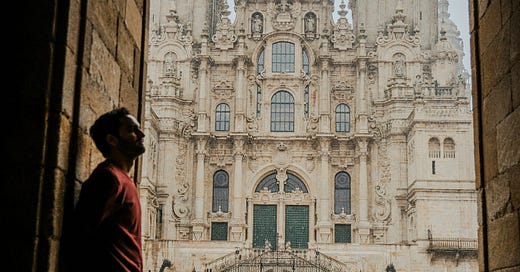



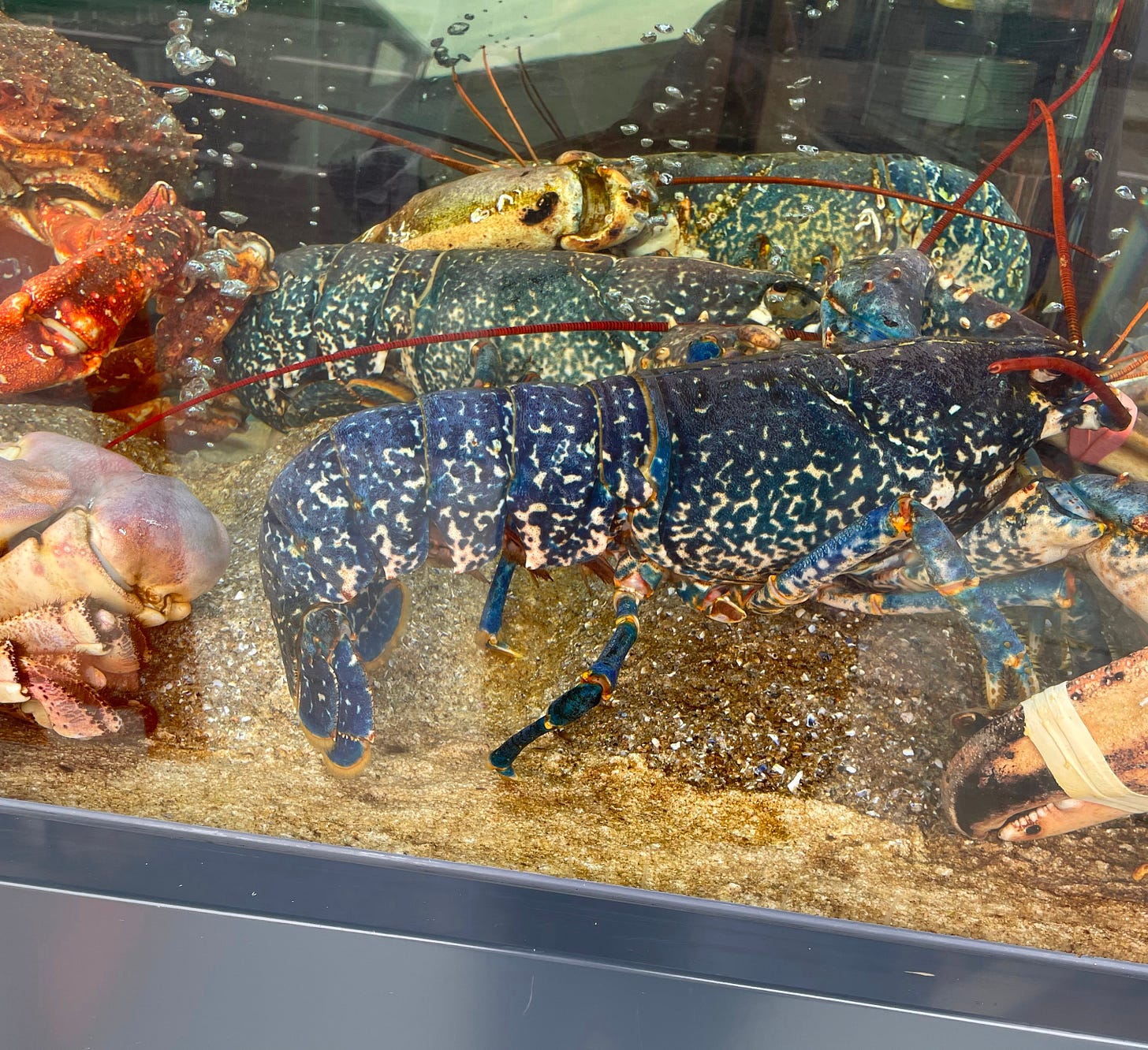
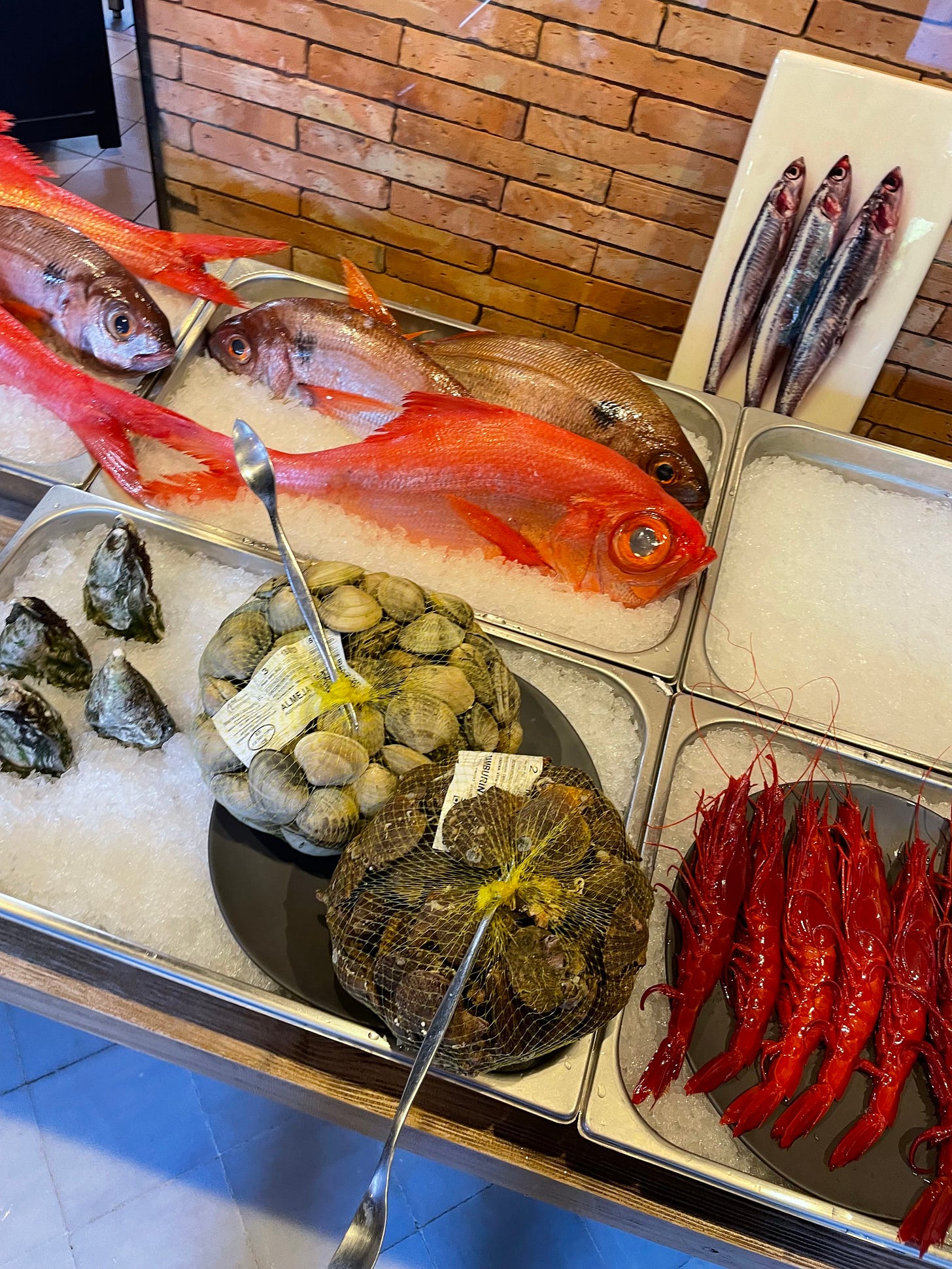
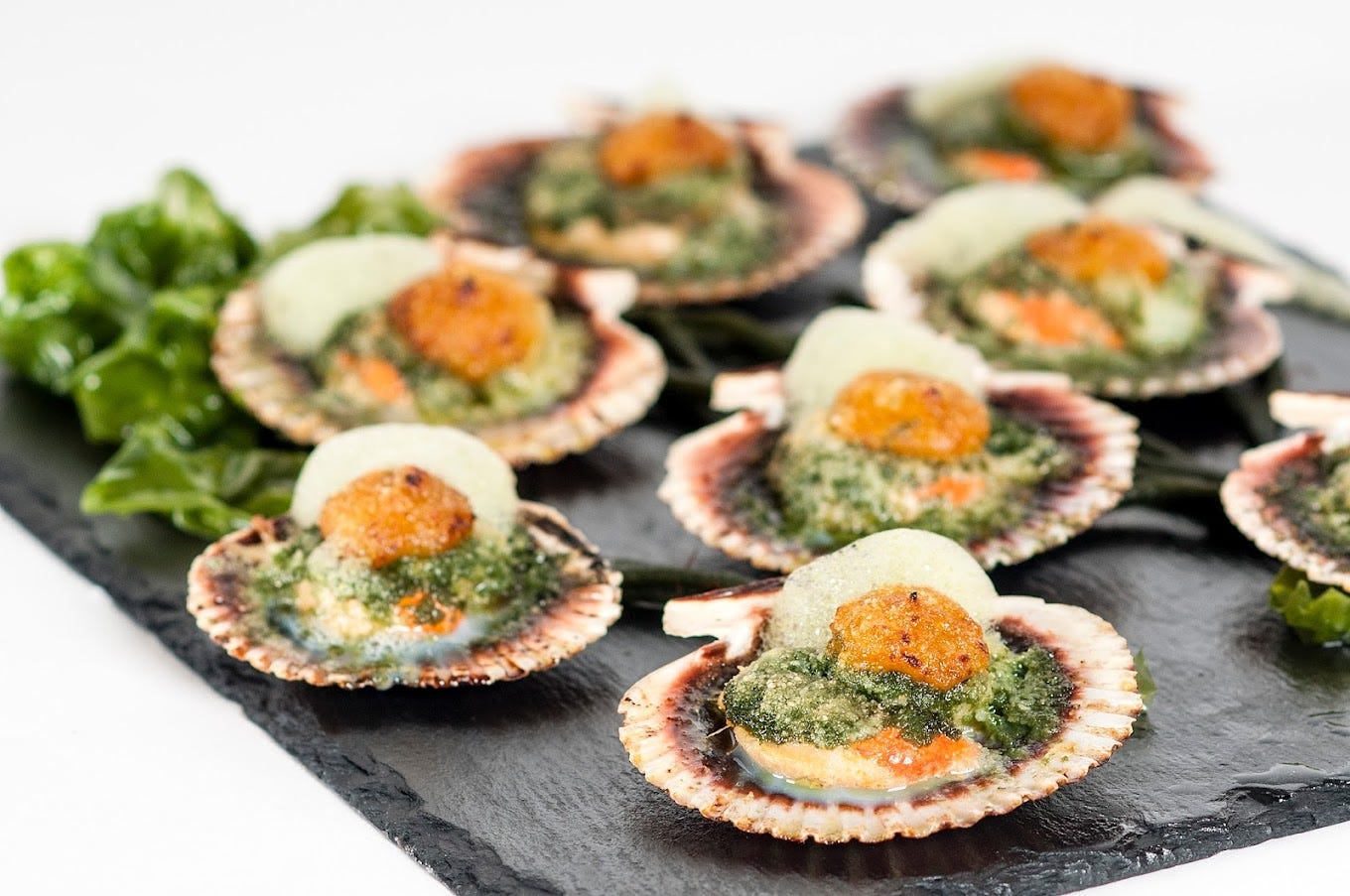
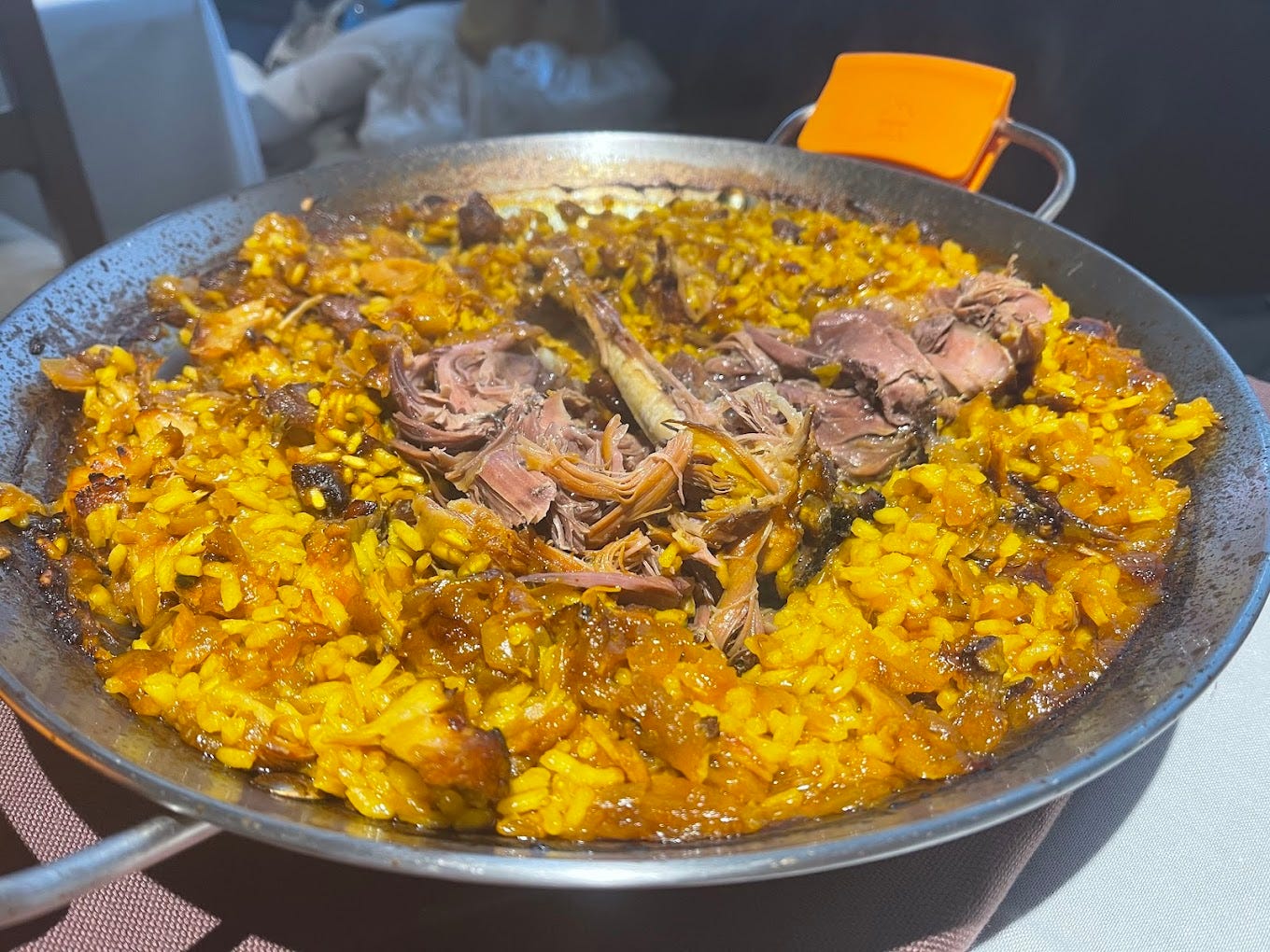

Thanks Jorge! Excellent as always. I am sooo overdue a return visit to Galicia this may just motivate me to get back up there.
So I would like to split hairs on this excellent list. To put D’Berto in as a usual suspect is wrong on many levels. Hardly anyone has heard of O’Grove (with apostrophe) and hardly any one has heard of D’Berto (with apostrophe). It is arguably the best restaurant on earth that nobody has ever heard of! ☮️❤️🍷